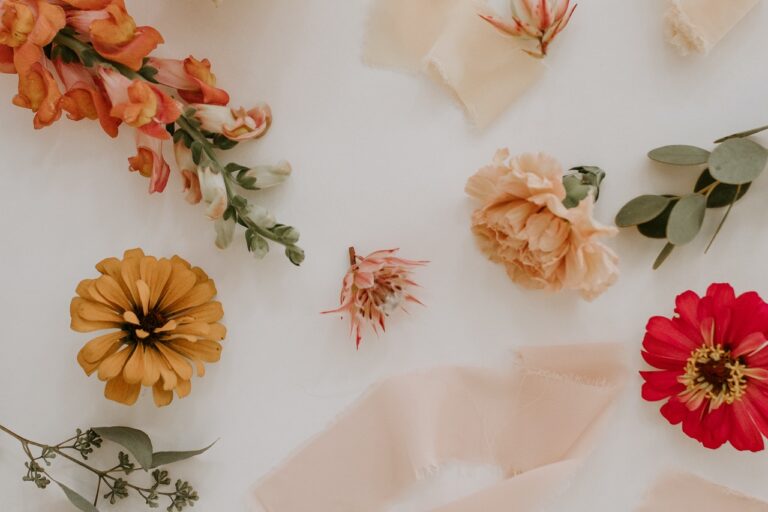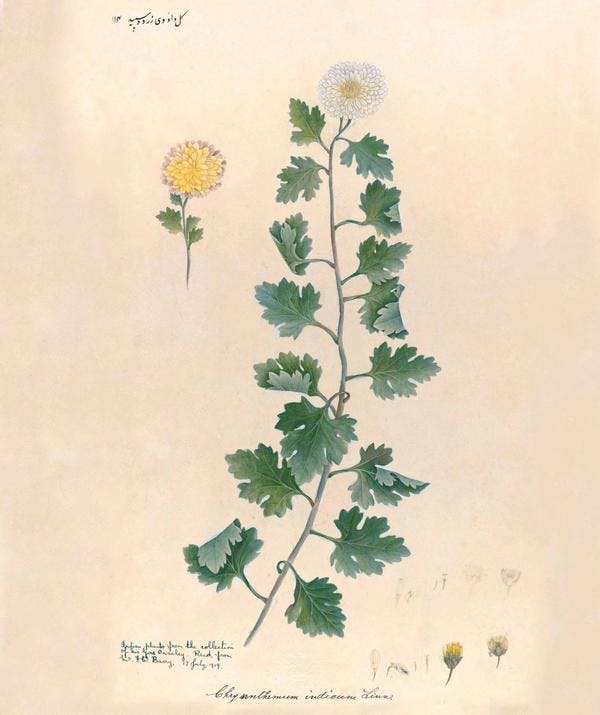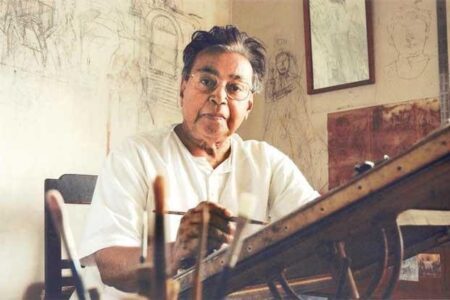Excerpts from ‘Indian Botanical Art: An Illustrated History’ by Martyn Rix.
Excerpts from ‘Indian Botanical Art: An Illustrated History’ by Martyn Rix. The book consists of striking Indian botanical illustrations, spanning over 300 with special emphasis on the 18th and 19th centuries. These paintings were largely commissioned by East India Company’s surgeon-botanists but were brought to life entirely by the genius of native Indian artists, who were, until now, rarely acknowledged.
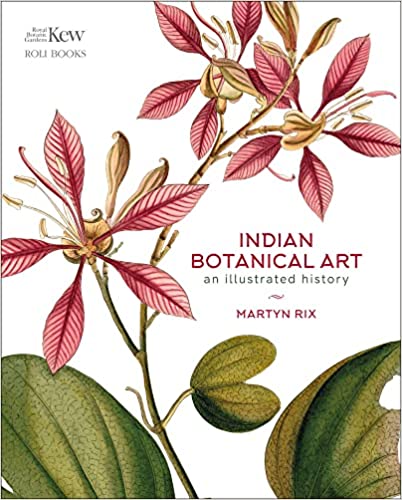
Martyn Rix is a renowned horticulturalist, and author of many books including ‘The Golden Age of Botanical Art’ (Andre Deutsch, 2018) and co-author of ‘Treasures of Botanical Art’ (Kew Publishing, 2018), ‘Flora Japonica’ (Kew Publishing, 2016) and ‘Treasured Trees’ (Kew Publishing, 2015), and editor of ‘Curtis’s Botanical Magazine’. In 2002, he was awarded the Gold Veitch Memorial Medal by the Royal Horticultural Society for his services to horticulture, and, in 2008, a Tercentary bronze medal from the Linnean Society.
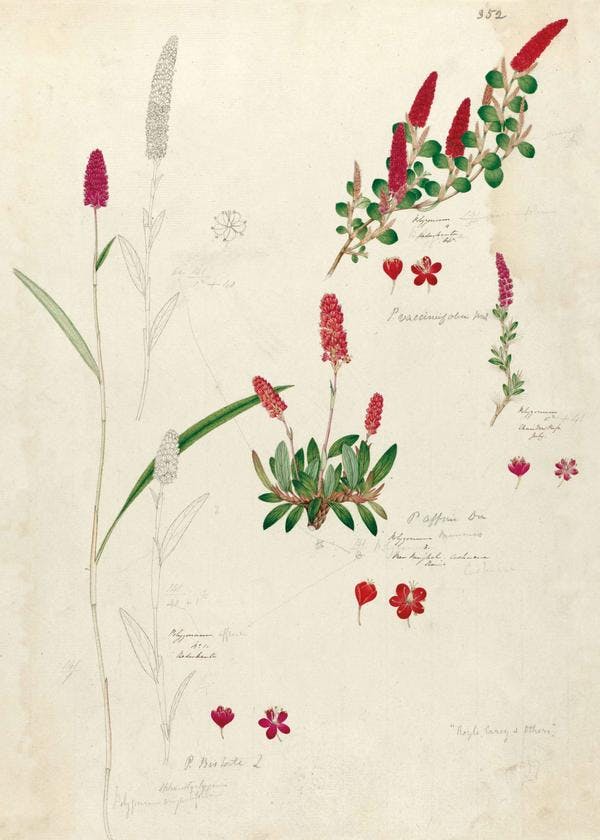
knotweeds Bistorta vacciniifolia and B. affinis (as Polygonum brunonis) (Polygonaceae) Artist unknown, for John Royle, Saharanpur, c. 1828. Both these are high mountain plants, usually growing above 3,000 m. 
black pea Thermopsis barbata (Leguminosae) Artist: Vishnupersaud, for John Royle, Saharanpur, c. 1828. A lupin-like mountain plant with unusual purple-black flowers, found above 3,000 m. This is the original painting for the plate in Royle’s ‘Illustrations of the Botany and Other Branches of the Natural History of the Himalayan Mountains’, and of the Flora of Cashmere’ vol. 1: t. 47 (1839). 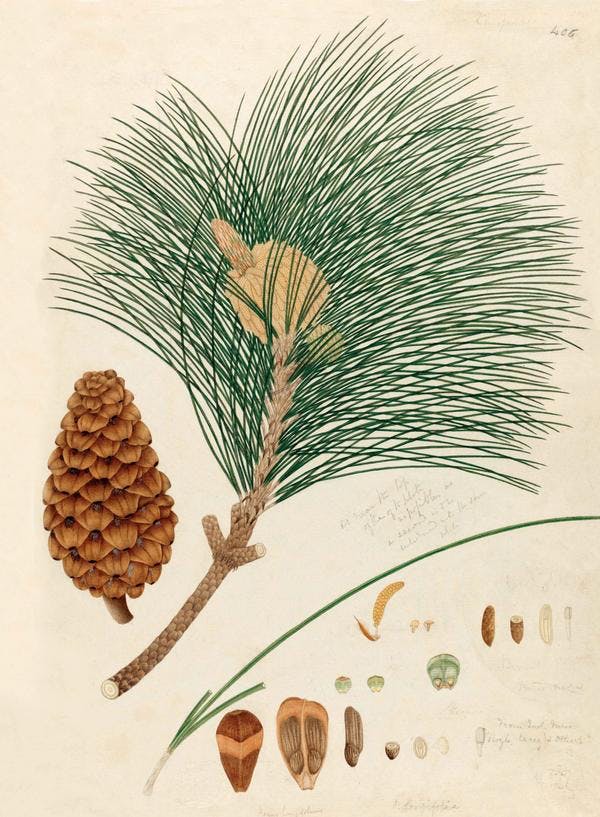
chir pine Pinus roxburghii (as P. longifolia) (Pinaceae) A Calcutta artist, for John Royle, Saharanpur, c. 1828. Chir pine is found in dry valleys at up to 2,000 m, from Afghanistan along the Himalaya to Burma. Trees can reach 30 m and the needles which are in threes can be 30 cm long, hanging down from the twigs. This is the original painting for the plate in Royle’s Illustrations of the Botany and Other Branches of the Natural History of the Himalayan Mountains, and of the Flora of Cashmere vol. 2: t. 85 (1839). 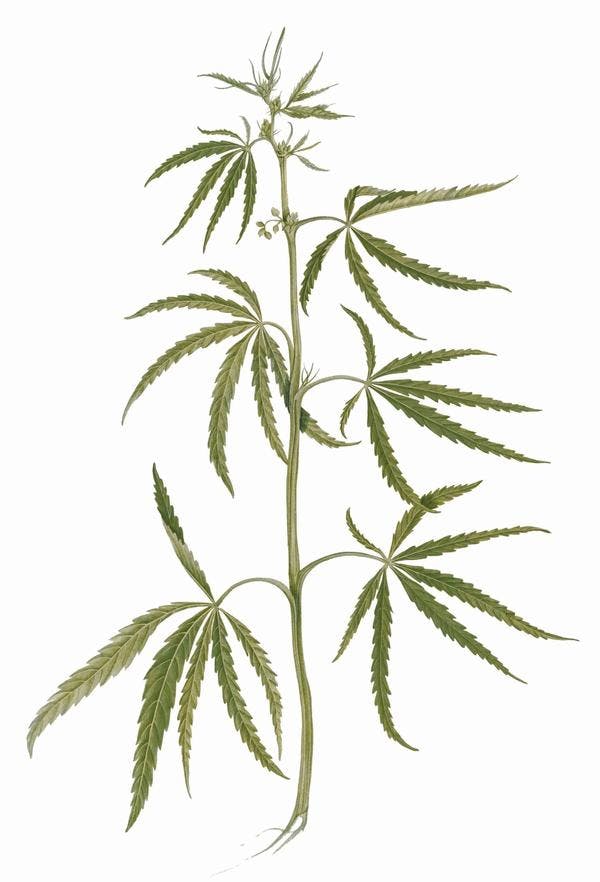
cannabis, ganja Cannabis sativa (Cannabaceae) Artist unknown, for Claude Martin in Lucknow, c. 1790. Cannabis has been grown in India for thousands of years, and different parts are eaten as well as smoked. It is valued for its therapeutic properties, but its adverse effects on mind and body were recognised in the ancient texts. 
chrysanthemum Chrysanthemum × morifolium (Asteraceae) Artist unknown, for Claude Martin in Lucknow, c. 1795. Chrysanthemums, now such popular flowers all over the world, originated in China. They were grown in gardens there from the 5th century BCE, and transported to Europe in the late 18th century, first to France and reaching England almost in the same year as this one was painted. This painting of two varieties shows that they were already established in India by the beginning of the 19th century. 
peepal tree, bohdi or bo tree Ficus religiosa (Moraceae) Artist unknown, for Claude Martin in Lucknow, c. 1790. This is the famous fig tree under which the Buddha attained enlightenment, and is sacred to Hindus and Jains, as well as to Buddhists. Ancient trees can grow to 30 m in height and are often very wide. The leaves have a long thin stalk and a characteristic long pointed tip, known as a drip tip, which make heavy rain drain off freely. Like the leaves of aspens, they also move in the slightest breeze. The fruits are small, about 15 mm in diameter, purple when ripe. The peepal tree has many traditional medicinal uses, from asthma to diabetes, gastric and genito-urinary problems: the bark is the most important part of the tree, but leaves, latex, fruits and seeds are also used. The latex in particular is valuable as a fungicide.
(Excerpted with permission from Roli Books)
Write to us at [email protected]

